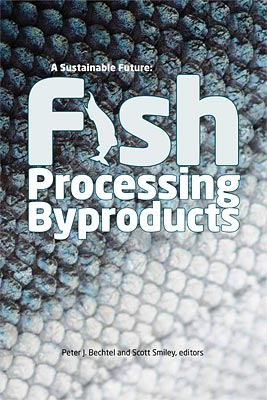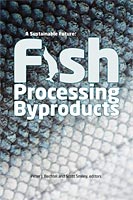
Crop nutrient recovery from applied fish coproducts
M. Zhang, S. Sparrow, A. Pantoja, and P.J. Bechtel
- Price: $1.50
 This is part of A Sustainable Future: Fish Processing Byproducts
This is part of A Sustainable Future: Fish Processing Byproducts| Format | Price | |
|---|---|---|
| PDF download [912.1 KB] | $1.50 | Add to Cart |
Description
The Alaska fishing industry produces over 1,000,000 metric tons of fish processing byproducts annually and much of the byproduct is not utilized. Fish coproducts such as fish meal, fish protein hydrolysate, and fish bone meal, manufactured from these byproducts, are rich in plant essential nutrients and can be used as nutrient sources for crop production. The objective of the study was to quantify nutrient release in soil and crop production from the use of fish coproducts in Alaska soil and climate conditions. Laboratory incubation and field plot experiments were conducted to determine nitrogen release and nutrient recovery by barley (Hordeum vulgare L.) from two different Alaska soils treated with fish meal, fish bone meal, and fish protein hydrolysate. The three fish coproducts released 65 to 80% of their nitrogen during 56 days of incubation. On average, barley recovered 78% of the applied nitrogen from fish meal, 65% from fish bone meal, and 50% from fish hydrolysate at the Fairbanks site; all were higher than measured for urea treatments (42%). Biomass production for both sites followed the same trend as nitrogen uptake. Plants also recovered substantial amounts of micronutrients (e.g., Ca, Mg, Cu, and Zn) from the fish coproducts. The results indicated that all three of the fish coproducts used in this study were good nutrient sources for crop production.
Item details
- Item number: AK-SG-10-02h
- Year: 2010
- DOI: https://doi.org/10.4027/sffpb.2010.08



